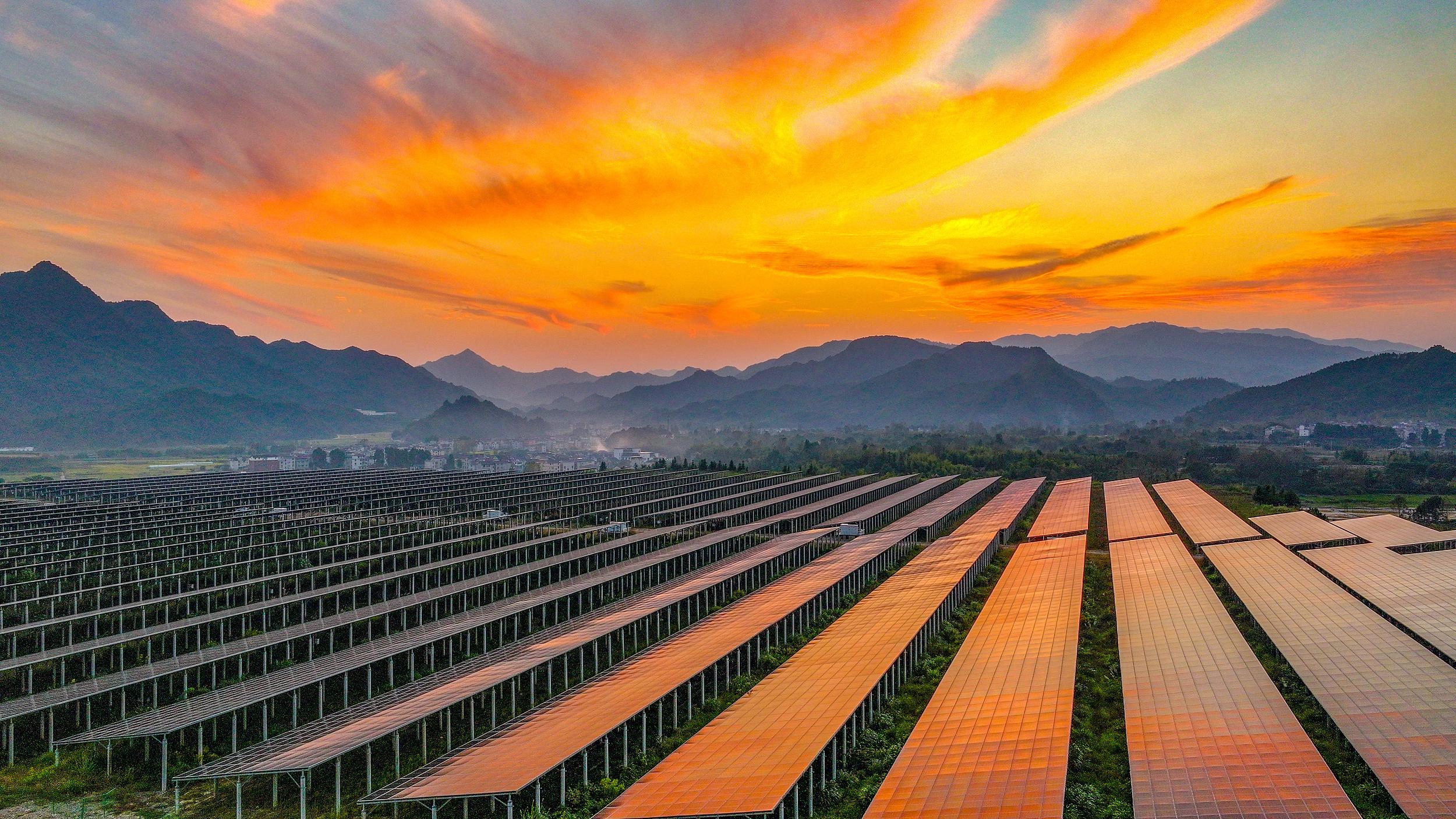High-tech Chinese PV Breaks Records

China has built complete industrial chains for R&D, design, and integrated manufacturing of wind and solar photovoltaic (PV) equipment. The high conversion efficiency of crystalline silicon/perovskite PV cell technology has broken multiple world records, according to China's Energy Transition, a white paper issued by China's State Council Information Office.
This leads to the question of how did China's PV technology successfully "turn over?"
Top in production & capacity
Liu Yiyang, deputy secretary-general of the China Photovoltaic Industry Association (CPIA), explained that polysilicon, the main basic raw material used to manufacture silicon wafers and batteries, is produced in the upstream of the PV industry chain, while the cells and PV modules are manufactured in the middle of the chain.
In the first half of 2024, China's PV manufacturing sector continued to grow. According to the CPIA, the polysilicon, silicon wafers, cells and module output grew more than 30 percent year on year. PV module exports increased by nearly 20 percent.
"The downstream mainly involves the construction and operation of the power generation system. As the global demand for renewable energy continues to increase, the market demand for PV power generation system is also expanding," Liu said.
Data from the National Energy Administration of China show that in the first half of this year, about 102 GW of installed capacity was added compared to the first half of 2023.
Technological innovation helps "turn over"
In the past, China's PV industry was heavily dependent on external markets for raw materials and equipment.
In the first decade of the 21st century, China's battery production grew rapidly but the global financial crisis in 2008-2009 caused a big impact on it as it mainly relied on product exports at that time.
Therefore, opening the domestic market and mastering the core technology became an important direction for it to "turn over."
Gradually, technological innovation and independent research have become the hallmark of the industry.
Driven by the dual-carbon goal, Chinese enterprises stepped up battery production.
"In 2023, the world's top 10 enterprises in the battery segment were Chinese enterprises, with a total production capacity of 681.2 GW, accounting for 66 percent of the global total production capacity," Liu said.
Chinese drive for green development
After more than 10 years of development, China's PV industry has become a leading force in the process of global energy transition. According to the International Energy Agency (IEA), China's installed capacity of renewable energy in 2023 exceeded that of the rest of the world combined.
Over the past decade, the average cost per kWh of PV power projects has decreased by more than 80 percent. The reduction is largely attributable to China's efforts, according to the Renewables 2024 report by the IEA.
The report pointed out that China is expected to account for nearly 60 percent of all renewable energy capacity installed worldwide from now to 2030.
"If I could sum this [trend] up in two words they would be: China and solar," Fatih Birol, the executive director of the IEA, told the Guardian.






